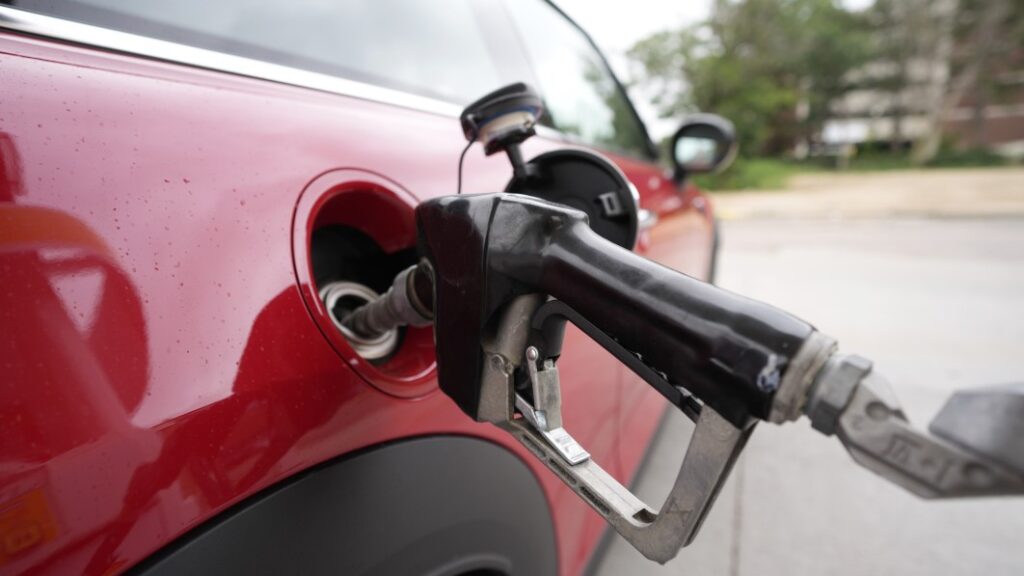Gasoline prices soar to U.S. seasonal record

Gasoline prices have surged to a record high for this time of year in the U.S., jeopardizing the fight against inflation that’s dogged President Joe Biden.
Average regular gasoline now costs $3.866 a gallon, a seasonal record on a trailing-12-months basis, according to data from the American Automobile Association. Prices have risen by 7.8% in just eight weeks in a rare late-summer rally.
The gains have been driven by increases in the price of oil, which jumped about 20% in the past two months. Top analysts from International Energy Agency and Organization of Petroleum Exporting Countries have warned of a crude-market deficit through end-2023, underpinned by the extension of production curbs by Saudi Arabia and Russia.
Gasoline costs already accounted for over half of the increase in the August consumer price index. The continued escalation will likely stoke inflation further while eroding consumer confidence.
Biden last year released a record amount of emergency oil supply in order to tame gasoline’s record summertime surge. This time, the administration is trying to refill the reserves as the vast caverns sit empty, while Biden’s political rivals have seized on high pump prices as a means of criticizing his climate policies.
It’s also unusual to see gasoline climbing at this time of year, after the end of the summer-driving season that boosts U.S. demand.
Compounding higher gasoline prices is a simultaneous spike in diesel costs. Diesel prices often climb in the fall due to seasonal consumption from farmers, who use the fuel for harvesting, and as demand for heating climbs. But this year, the prices are still much higher than usual.
U.S. refiners have raised operations to near pre-pandemic levels and gasoline stockpiles, though still below normal, rose by the most in more than a year last week. The supply boost will likely fade in the coming weeks as refiners enter fall maintenance — typically scheduled after the peak summer gasoline season to avoid a price squeeze.







